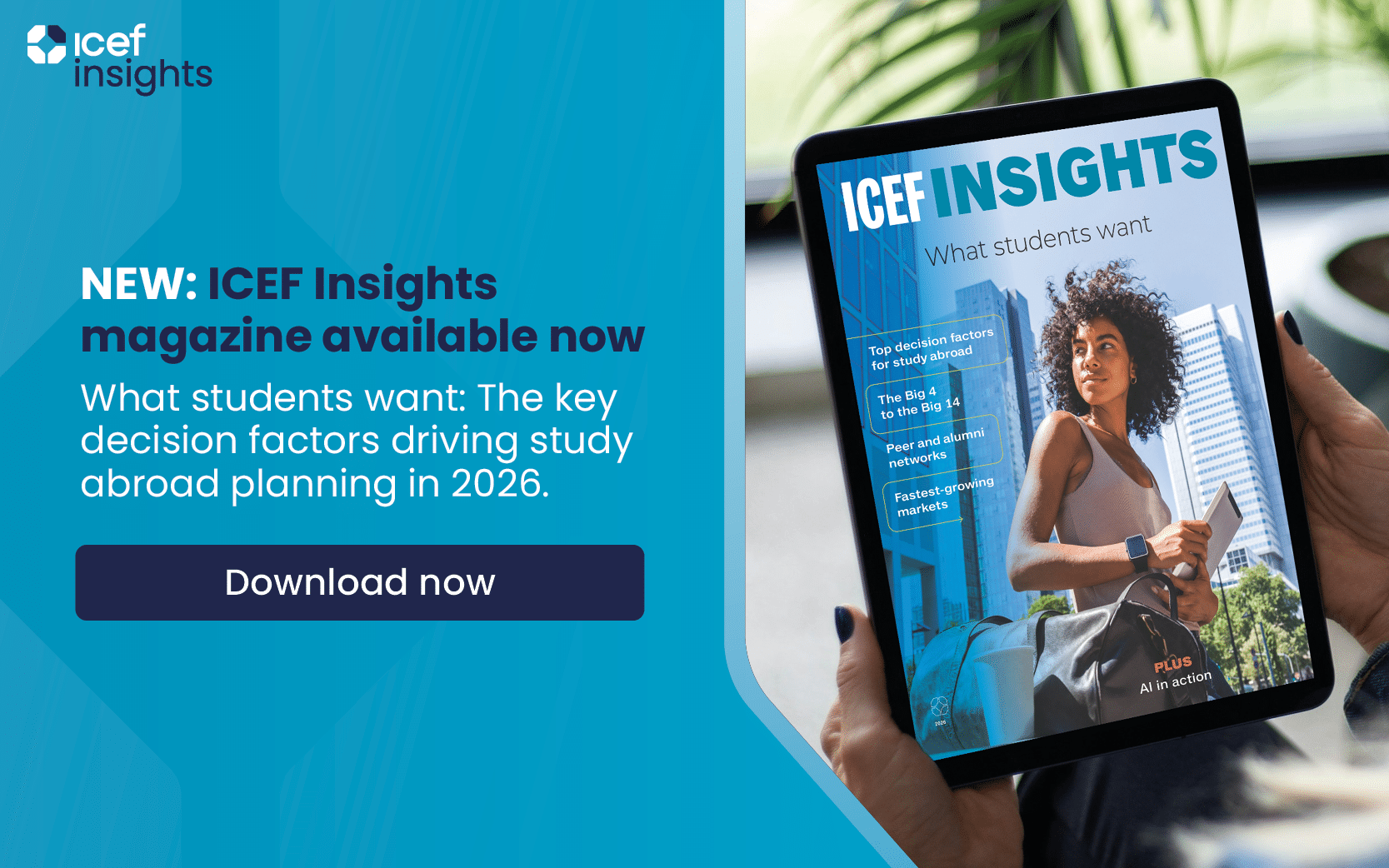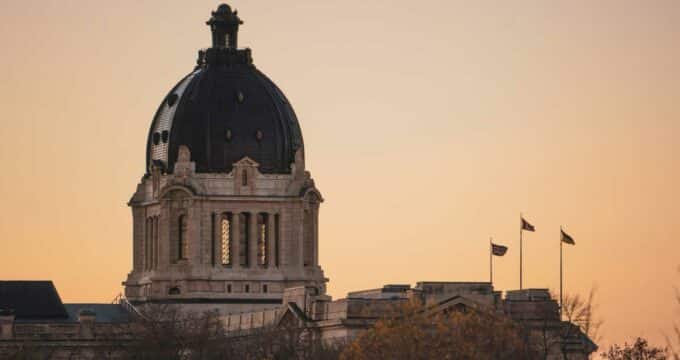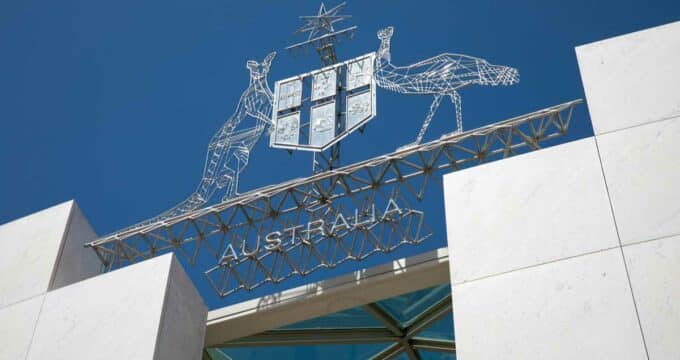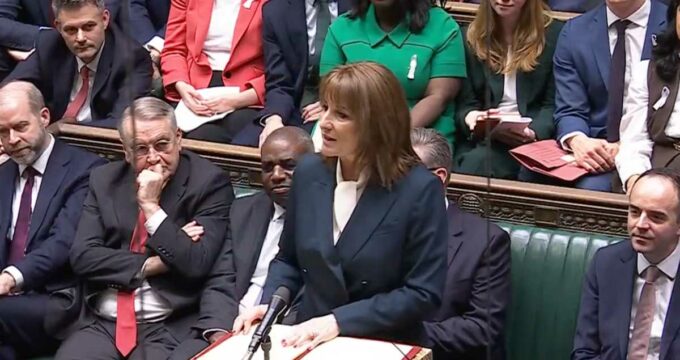US confirms increase in student visa fees
The US Department of Homeland Security (DHS) confirmed this month that it is moving forward with significant increases in student visa fees. All study visa applicants to the US are obliged to pay a fee that is levied by DHS's Student and Exchange Visitor Program (SEVP) in order to cover the costs of administering the Student and Exchange Visitor Information System (SEVIS). As DHS explains, SEVIS is used by the government to maintain information on Student and Exchange Visitor Program (SEVP)-certified schools, F-1 and M-1 students who come to the United States to attend those schools, US Department of State-designated Exchange Visitor Program sponsors and J-1 visa Exchange Visitor Program participants. It is a critical tool in our mission to protect national security while supporting the legal entry of more than one million F, M and J nonimmigrants to the United States for education and cultural exchange. Effective 24 June 2019, DHS confirms that it will increase fees charged to students formally referred to as the 1-901 SEVIS Fee as follows:
- The I-901 SEVIS Fee for F and M international students that is, for students engaged in academic studies will increase from $200 to $350. This represents a 75% increase.
- Those visiting the US on exchange programmes are in a different visa category, and apply for J-class visas. Those exchange visitors in the au pair, camp counselor, and summer work travel programme participant categories will continue to pay the current $35 I-901 SEVIS Fee. However, fees will use for all other J-class exchange visitors, from $180 to $220 (a 22% increase).
SEVP is funded entirely by fees, and does not receive any appropriated funding from Congress, said SEVP Program Director Rachel Canty, in explaining the increase. SEVP's fees have not changed since 2008, although our costs have continued to grow due to inflation, expanded programme operations and enhancements to [SEVIS]. The new and increased fees will enable the programme to continue to provide oversight of international students and SEVP-certified schools.
Educator concerns
Peak international education bodies in the US were quick to respond when the fee increases were first proposed in fall 2018. In a letter to SEVP's unit chief in September 2018, NAFSA's Deputy Executive Director of Public Policy, Jill Welch, said that, These dramatic increases come at a particularly inopportune time, as higher education institutions face significant funding challenges, and international education programmes are experiencing declining new enrolments for the first time in more than a decade. She added, We anticipate that vigorous competition for international students from other countries that are currently expanding their enrolments will continue to exacerbate the early declines programmes are currently experiencing. Burdening students and exchange visitors with drastically increased fees may further contribute to declining enrolment, particularly in short-term programmes, and increased fees and steep new recurring fees may place some programmes in financial jeopardy...US immigration policies should be carefully crafted to avoid fueling the perception that the United States no longer welcomes international students or other international visitors. Another joint letter from the executive directors of EnglishUSA, TESOL International Association, and UCIEP (University and College Intensive English Programs) echoes the point: We believe that such a significant increase in fees will have a number of negative consequences. In addition to creating additional financial barriers that will serve as a disincentive for students to study in the US, the proposed significant fee increase sends a signal to international students that they are not welcome. This could further reduce the number of international students who enroll in higher education institutions and English language programmes and therefore contribute to the national and local economies.
Fees for schools on the rise too
In addition to the increased fees for visiting students, DHS has also announced that fees charged to US schools will also be going up this year. An existing fee for a schools initial SEVP certification will increase from $1,700 to $3,000. The department will introduce a number of new fees for schools as well:
- A $1,250 fee for SEVP-certified schools filing for recertification.
- A $675 fee when schools file the Form I-290B, Notice of Appeal or Motion.
- DHS will maintain a current $655 fee for an initial school site visit but will now also charge this fee when a SEVP-certified school changes its physical location or adds a new physical location or campus.
For additional background, please see:
















